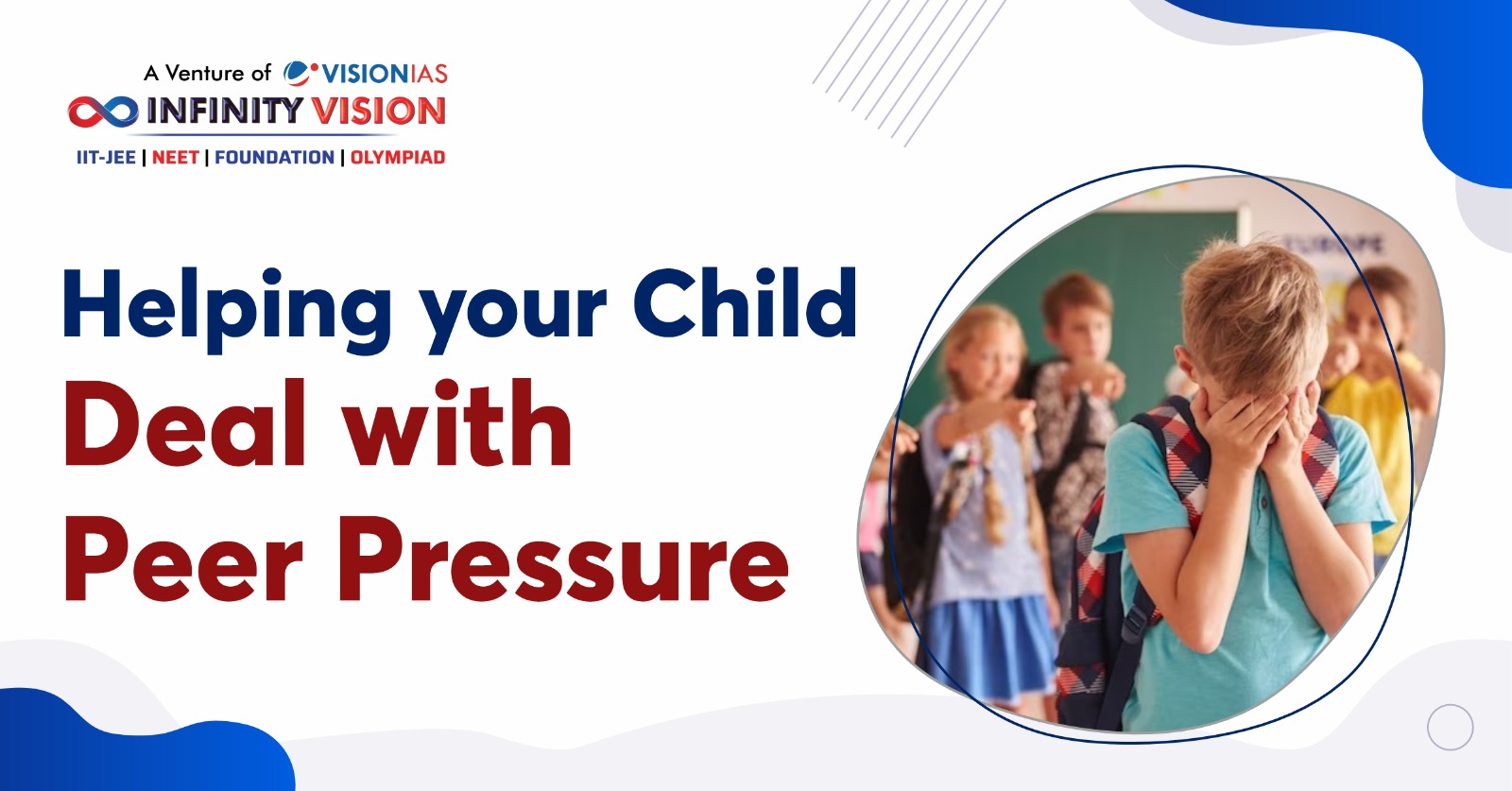Peer Pressure is one of the biggest challenges faced by pre-teen and teenage adults. In the adolescent years, children become more inclined towards their peers. Although sometimes this influence can help them grow positively as well, it is majorly negative and often leads them to feel distressed and isolated. The first aspect we must understand is that it is a natural experience among children. Children are likely to want to fit in among peers, due to which they might also indulge in activities that might be harmful or just not right for them. Acknowledging that it is part of their age helps parents in navigating this issue with more care and compassion, which children need the most while facing peer pressure.
Understanding why children want to ‘fit in’?
Before rushing to a solution, we must understand the reason why children give in to peer pressure. There might be different reasons a child succumbs to peer pressure like wishing to avoid being teased or bullied, wanting to avoid standing out, or just to make more friends. It is normal to feel that everyone is doing it, which is why they should too. However, this thinking is often distorted, and is rooted in some insecurities that they might be dealing with. During this time, children have not yet realized their true personality features, and potentials, which makes it hard for them to embrace themselves. This transitionary period is often overwhelmed with immense anxiety, which might make them
Helping Children with Peer Pressure
- Parents should encourage children to develop a sense of unique identity and trust their inner voice. This will help in building a foundation for high self-esteem among children, which will strengthen them to take their decisions on their own, which in turn makes them less likely to succumb to peer pressure.
- Children should also be taught to say no and practice their own free will. This will prepare them to stand up against activities that might prove to be harmful to them.
- While children don’t want their parents to engage in their social friend circle, parents need to remain aware of their friend group to identify any problems early on. This should not feel forceful. In order to do this, parents can try practicing actively listening so that kids feel comfortable in sharing their lives.
Dealing with Online Peer Pressure
Peer Pressure is not just limited to schools and colleges. In our fast-changing digital world, children are also susceptible to online peer pressure. Media and internet are forms of peer pressure as well. The different things that children hear and see on TV and online can influence their choices. Additionally, the new social media trends force children to fit in with other children.
- As a parent, you can decide on how much time your children should be allowed to watch TV or explore the internet, depending upon their age and needs for homework, other activities, etc.
- Parents can also spend time children with their children watching TV or surfing the internet together. This will help you in discussing what you’ve just seen or read with your child.
- Similar to in-person peer pressure, online peer pressure can also be combated through having deep conversations with your children and maintaining a safe and harmonious space for them to express their needs and concerns.
Peer pressure is not always negative! Children can also encourage each other to work hard and make healthy choices. Parents can steer children from negative influences to more positive impacts, to help them grow. This can be reinforced by acknowledging and praising children when they make positive decisions influenced by their friends.

Leave a Reply